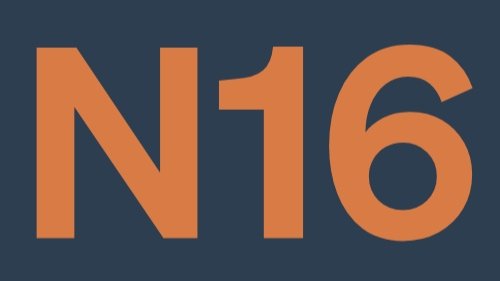Where Does Your Organisation’s Knowledge Go When Someone Leaves?
Unfortunately, the answer is often: out the door. Whether it’s the thinking behind a pricing change, the lessons from a failed pilot, or the feedback from that strategic customer session last quarter…so much of what an organisation knows lives in the heads of a few go-to people. When they move on or retire, critical knowledge often disappears with them.
And even when it’s written down, good luck finding it.
The Common Challenge
Most organisations aren’t short on documentation — they’re short on clarity and consistency. Here’s what I’m seeing:
SharePoint sites that look neat on the surface but collapse under real-world use.
“Structures” that exist in theory, but no one sticks to them.
Meeting notes, discovery sessions, and support tickets scattered across Teams, Miro, HubSpot, one note, and more — none of it connected.
Knowledge buried in people’s heads, inboxes, or individual OneDrives.
So when someone asks, “Where can I find the latest process?” — the answer is usually, “Ask Dave.”
The Real Opportunity
It’s not about choosing the perfect tool. You can make this work with Confluence, Notion, SharePoint, or a mix of them. The key is having:
A structure that fits your business.
Start by deciding what matters most: Is it customer insights? SOPs? Troubleshooting? Whatever it is, create clear categories and consistent naming conventions across all platforms.
Connections between your tools.
Link your CRM, support desk, collaboration spaces, and reporting tools into your knowledge hub. This doesn’t mean building complex integrations — even consistent cross-linking goes a long way.
Simple templates that are actually used.
Every discovery session, client meeting, or product update should follow the same template. Not because it’s tidy — but because that’s how insights get reused and decisions move faster.
A culture of contribution.
Your knowledge system will only work if the team uses it. That means making it intuitive, providing training, and showing how it makes everyone’s job easier.
AI Makes This Even More Urgent
Once your knowledge is structured, tools like ChatGPT or Copilot can help staff and customers find what they need in plain language. But AI can’t work magic on a mess. It needs clean inputs.
This is about making your knowledge talk back — but it starts with getting it organised.
A Better Way Forward
This isn’t about going full enterprise-scale KM. It’s about solving real pain points now:
Reducing repeat questions.
Speeding up onboarding.
Capturing what’s in people’s heads before they leave.
Small steps — the right structure, a shared place, a few good habits — can change the way your business uses what it already knows.
